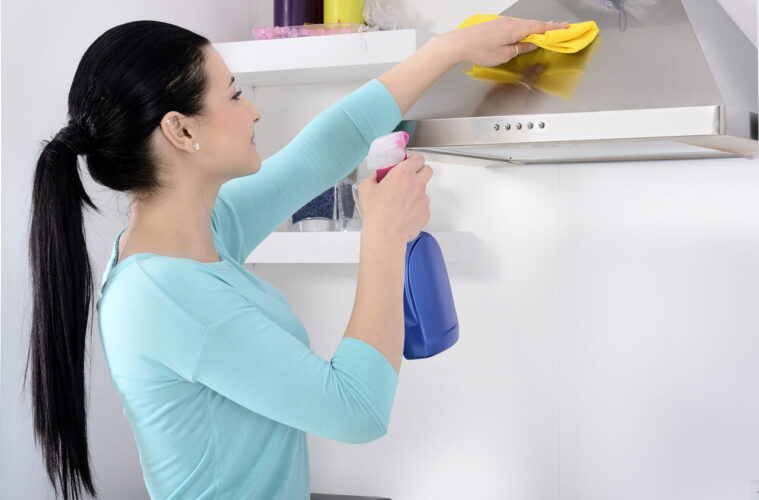Cleaning, sanitation and hygiene are the main pillars to build a safe, germ – free and good living environment in the house. Those are the activities which you must follow in your day to day life and have to be conscious about regularly following steps for cleaning purposes. What do you mean by the cleaning of your home? Cleaning of the home includes each and every part and objects of the home, whether it is into kitchen cleaning small pin or a large drawing room, each and every corner, each and every edge, each and every roof and floor, and each and every object must be cleaned.
We all are very concerned about cleaning and hygiene of the home, especially cleaning of the kitchen corner is at first priority. Kitchen is a place which is used by every member of the family and the traffic in the kitchen is almost on every time. Moreover cleaning of the kitchen is first priority because our food is prepared there and sometimes while preparing one of the utensil may fall down, thus food stains scatters at every single place, if those stains survive for more than 2 – 3 days then there is a high risk of production of bacterial and microbial organism, which can directly affect on our health. Thus a hazardous environment will be built rather than a safe and healthy environment.
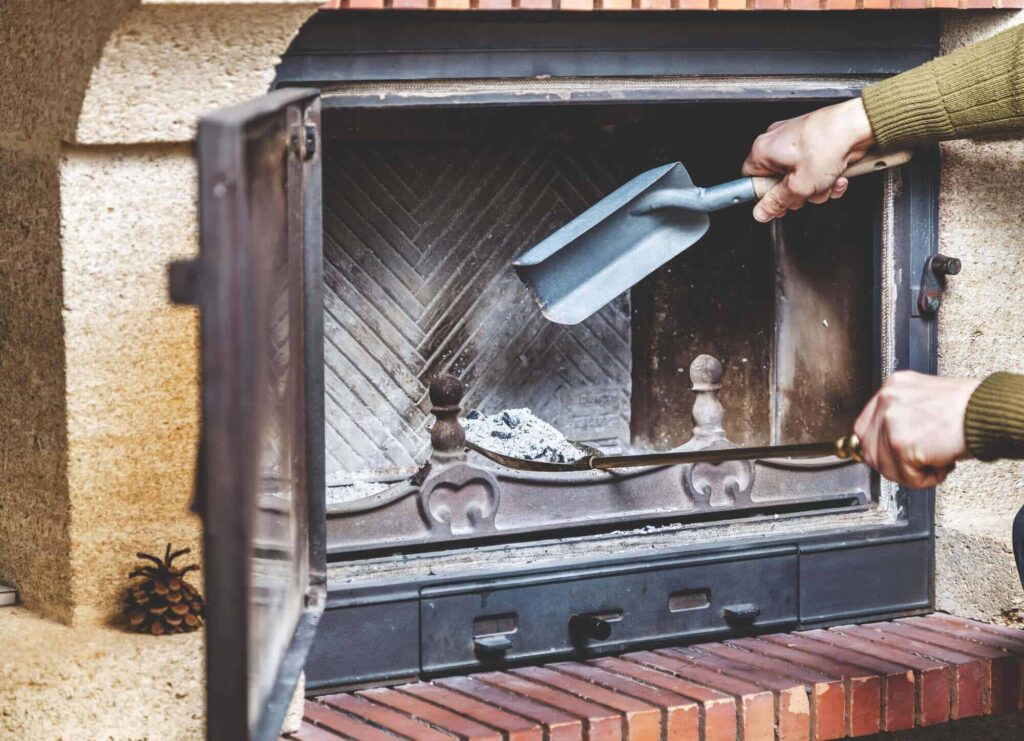
source: marketingplatform.vivial.net
What are the different parts of the kitchen to be cleaned regularly?
- Flooring of the kitchen
- Platform for chopping and making food
- Gas station
- Sink
- Utensils and their respective drawers
- Kitchen chimney
We all regularly clean some of the places mentioned above, but there are many places which are left over and must be cleaned regularly. I would like to ask, what was the last time when you peeped into your kitchen chimney? Your answer would be 6 month ago or a year ago, but is it the perfect time period for maintaining regularity? No, it is not the perfect time period; the perfect time period for washing a kitchen chimney is 1 – 2 months.
A kitchen chimney is a tunnel-like mechanism containing a mechanical fan that hangs above the stove or cooktop in the kitchen design. Thus, it contains oil stains, spice flatters, and fuel combustion residue. The chimney has to withstand any type of the kitchen mishaps. Thus, cleaning it in a month or two will keep it always clean and familiar with you, moreover its function ability and durability will increase too. Looking to know how to wash it in a proper manner? Then have a look in The Architecture Design, we have the best tips and steps for washing out your hood in a good way, one can achieve the goal of cleaning the kitchen too by following those steps, furthermore you can use it for more cleaning purposes also.
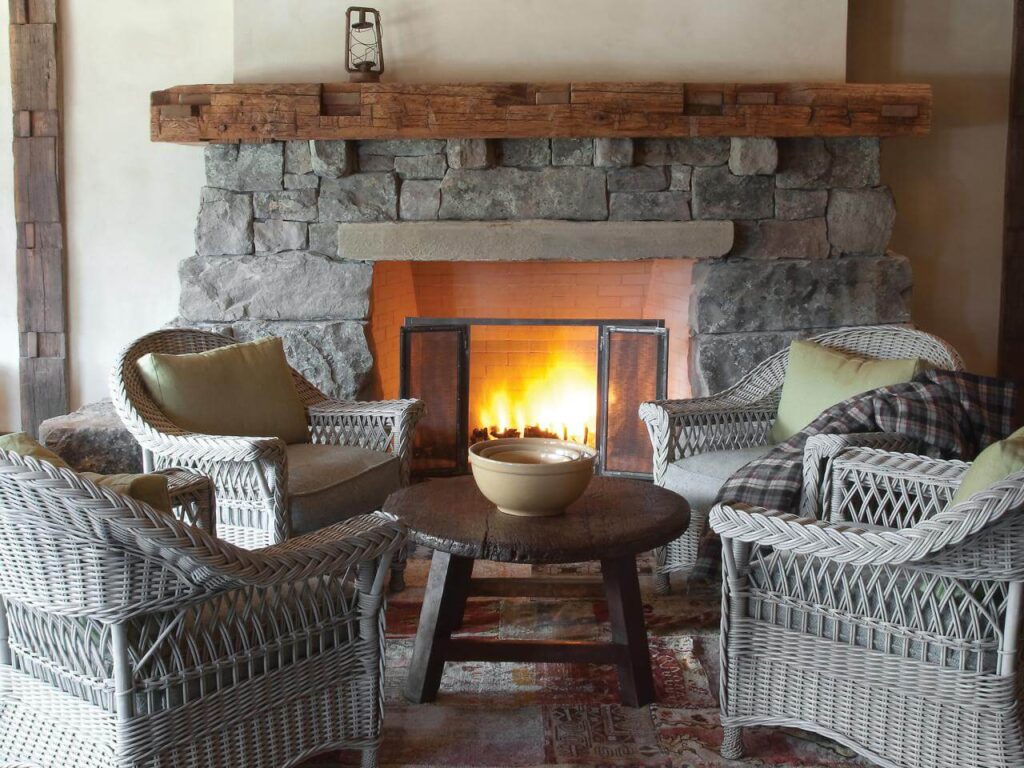
source: hgtv.com
- Before you start cleaning, dismantle the filter fixed in the duck.
- After removing the filter, you are now able to wash your duck in any of the known methods.
- Wash your filter and duck properly and then fix them. Now it is ready to use!
Washing a chimney includes a simple procedure but it needs a high working efficiency, as the stains and other dirt are much sticky then we think, thus, washing must be done thoroughly so that not even a single particle stays on the filter or in the duck. Which solution would we use so that one can achieve a totally cleaned out chimney? There are almost 5 solutions known yet, let us discuss their properties and cleaning process one – by – one.
Dish washing liquid
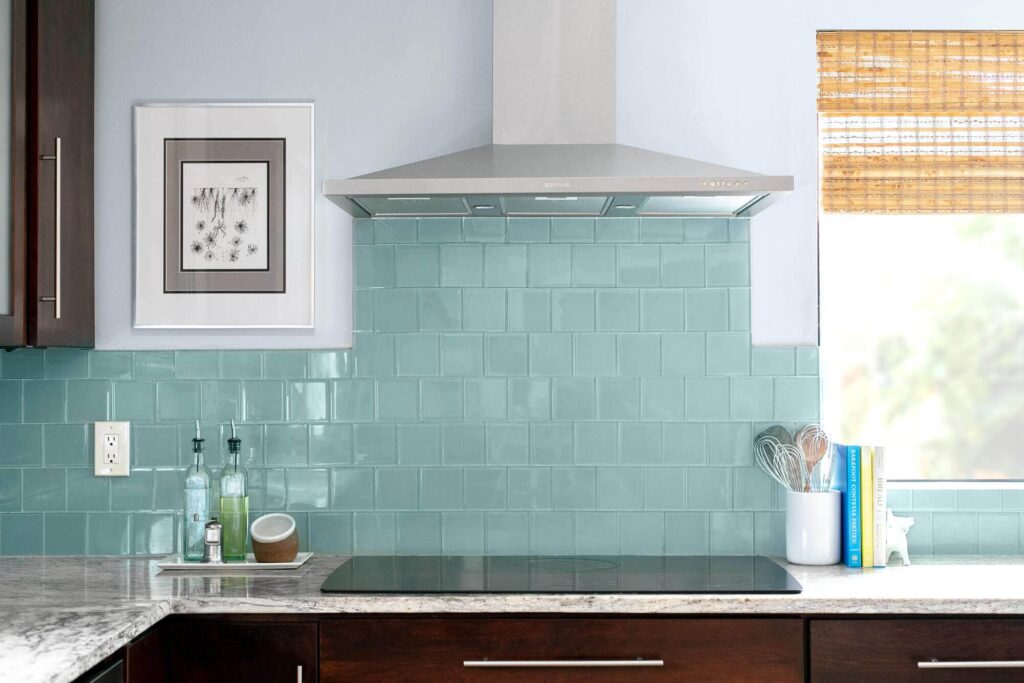
source: thekitchen.com
The simplest and easiest solution used for cleaning kitchen filters and duck of the chimney is dishwashing liquid. You would think a dishwashing liquid is just used for cleaning plates, spoons, and other utensils, moreover you can use it for kitchen platform cleaning. But how can we use it as a washing agent for kitchen filters?
Dishwashing liquid is made up of chemical compounds like sodium lauryl ether sulfate and linear alkyl benzene sulphonic acid as anionic surfactant, looking at its composition you must also know about the work of chemicals added in dishwashing liquid. Sodium hydroxide is used for maintaining the pH balanced, viscosity is achieved by adding sodium chloride in the presence of oxygen, color and fragrance can be added by using any kind of dye you want as per your requirement of color and fragrance smell and phosphate groups and alcohol essence is added just to make the solution a good preservative agent. Moreover it creates good foam while mixing with water you can even use it for your children playing toys for creating bubbles.
This all properties are well enough to come up with an outcome of proper filters cleaning, all you need to do is apply dishwashing liquid on the filter add some water accent too on it; you can see a noticeable foam created on the surface of filter, those foam particles will attract stains and dirt containing chloride elements, also the foam will enter at small places to extract out the dirt. After done with the washing, now take a bucket filled with warm water and let the filter be in that water for at least an hour or two, it will help extra residue to absorb water and come up, then brush them out with a scrub pad, rinse it for achieving the clarity of cleaning. Now your filter is all set to go again for the work.
Baking soda, vinegar and salt
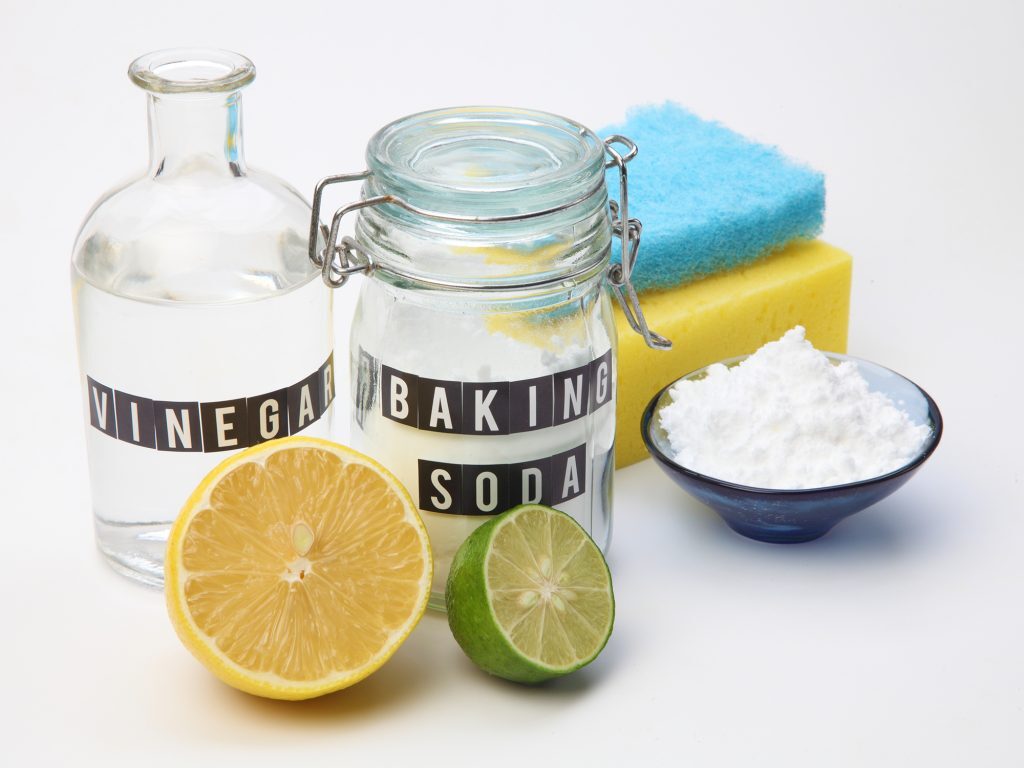
source: realestate.com.au
Basically baking soda is basic in nature, vinegar is acidic in nature and salt is neutral, thus combination of baking soda, vinegar and salt has a perfect pH balance and perfect pH balance means a perfect washing and dirt removing capacity. Baking soda is a golden ingredient which has been used for thousands of years for many cleaning, household and chemical purposes. Baking soda means sodium bicarbonate. It has various miserable properties, they are as follows:
- Inflammable: Thus, cleaning your filter with baking soda will add an extra durability; also at time of fire it will protect your filters.
- It is odorless.
- Remove the dirt from materials without damaging it.
- It works as a pesticide.
Why not only baking soda for cleaning! Because it is way much basic in nature, applying it simply to the filters will undergo chemical reactions which have a bad impact, thus a mixture of baking soda, vinegar and salt is used.
All you need to do is add 2 – 3 tablespoons of baking soda, 2 cups of vinegar and 2 tablespoon of salt in a bucket filled with warm / hot water, your solution is now ready to use. Take out the kitchen filters and dip it into the bucket wait for an hour and let the dirt soak up the solution, you’ll see dirt floating on the solution take them out by filtration, some dirt would get sucked on the surface remove them with a good scrub. Moreover you can use this solution for cleaning the dug pipe of chimney too.
Vinegar
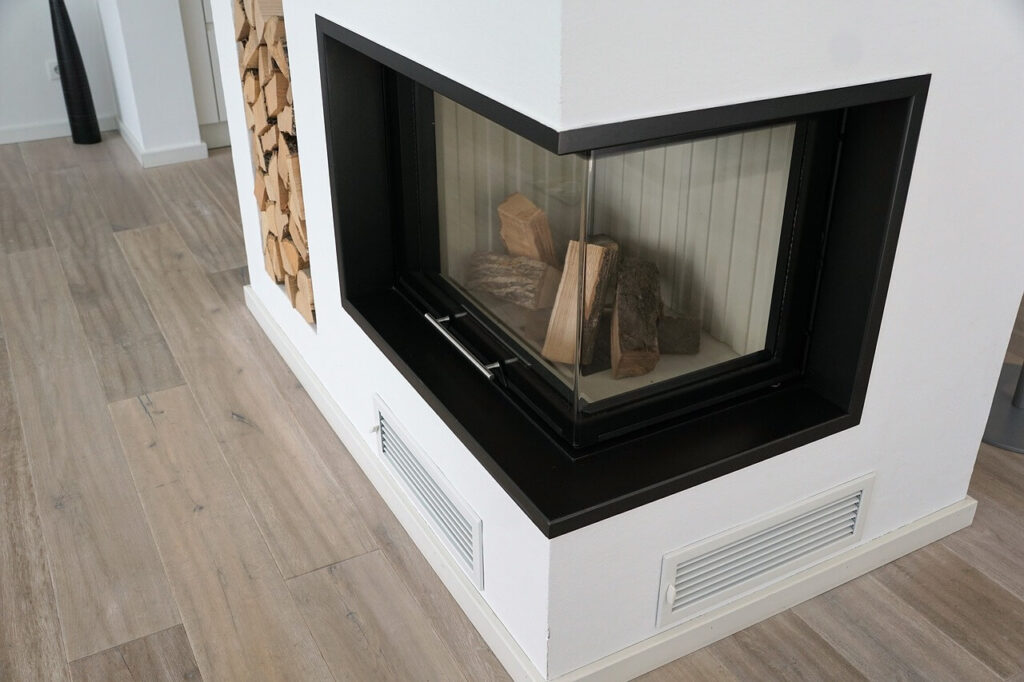
source: avenueroadmasonry.com
The mixture of baking soda, vinegar and salt will help you in removing the tough stains and all other dirt present in filters and dug pipes, but if you do not have all three of them, then you can prefer vinegar.
Vinegar in other words is called as acetic acid; its pH value is way too low, that it can even burn the filter and metals, dealing a lot of damage too. Thus, whenever using vinegar as a cleansing agent do not forget to add excess water, adding water will help in lowering its concentration and will increase pH value at an appropriate value. Moreover as it is an acid, it will focus on grease and oil stain, if its pH value is regulated properly. Also it will make the outer frame of the filter look lustrous, neat and cleaner than before.
Take a bucket filled with water add 2 – 3 cups of vinegar in it, after 10 – 15 minutes your solution will get ready to use, dip the filter in the solution for 1 – 2 hour then rinse it out with cold water, scrub it well enough that each and every stain or grease stains gets detached from the surface and from the interior of filters too.
Paint thinner
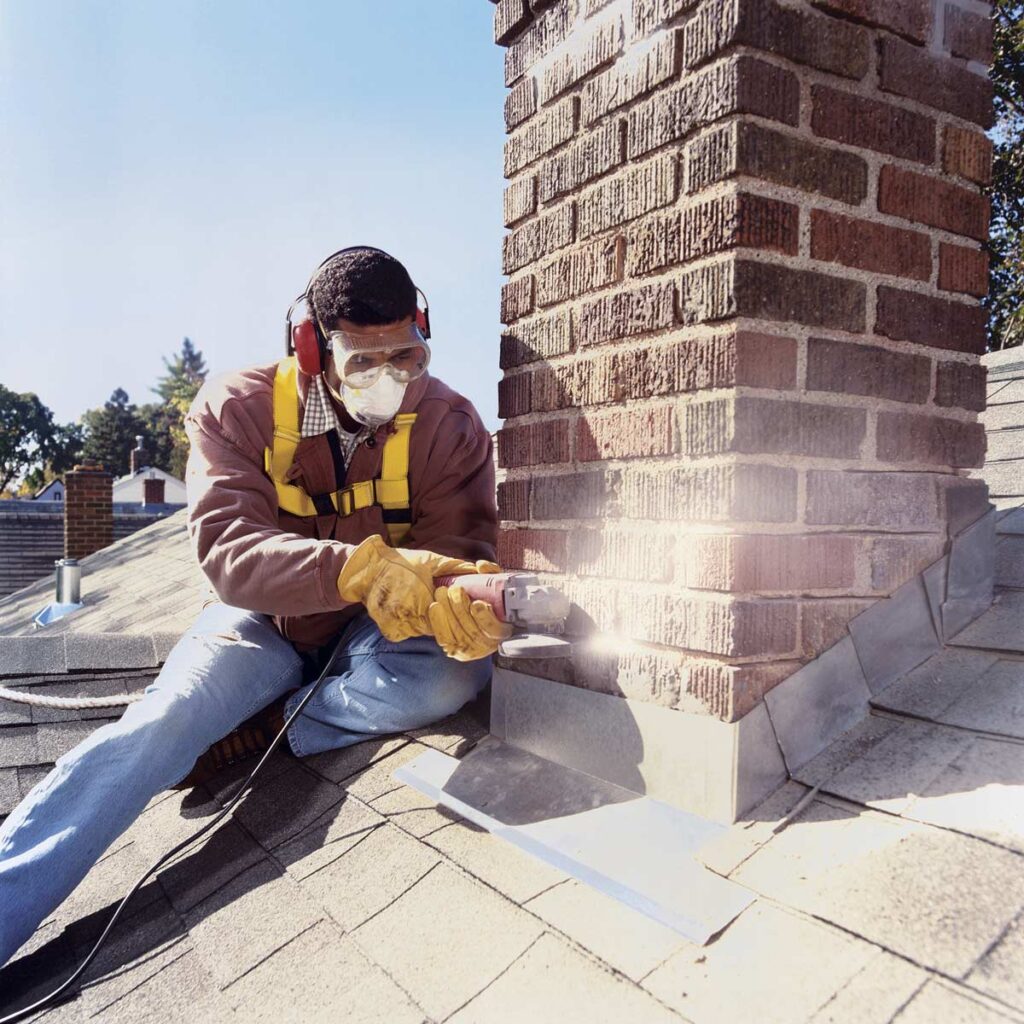
source: familyhandyman.com
If you have a paint thinner left from your last renovation materials, then it is one of the best solutions used to clean a kitchen chimney. Paint thinners are of many types based on solvents, there are two types of solvent:
Let us have a quick review which solvents come under which category to make paint thinner.
- Common solvent
- Mineral spirits
- Acetone
- Turpentine
- Naphtha
- Toluene
- Methyl ethyl ketene (MEK)
- Di – methyl formamide (DMF)
- 2-Butoxyethanol, or any of the other glycol ethers
- Less common solvent
- Ethyl benzene
- Xylene
- n-Butyl acetate
- Butanol
Looking at the solvent you might have had an idea that paint thinner has low pH value and it is acidic in nature. But its pH value is not so low that it can be considered as a concentrated acid, it is low concentrated acid.
To clean the kitchen filters with paint thinner, all you need is a bottle of paint thinner and a clean piece of cloth. Take a bottle of paint thinner and dab the solution on a piece of cloth and make a perfect wet cloth piece, and then start rubbing the parts of filters slowly, one can even use paint thinner for cleaning the dug pipe of the chimney also. Once you scrub out all the dirt areas and grease stain areas just rinse it in some warm water, after that keep it aside and let them dry.
Caustic soda
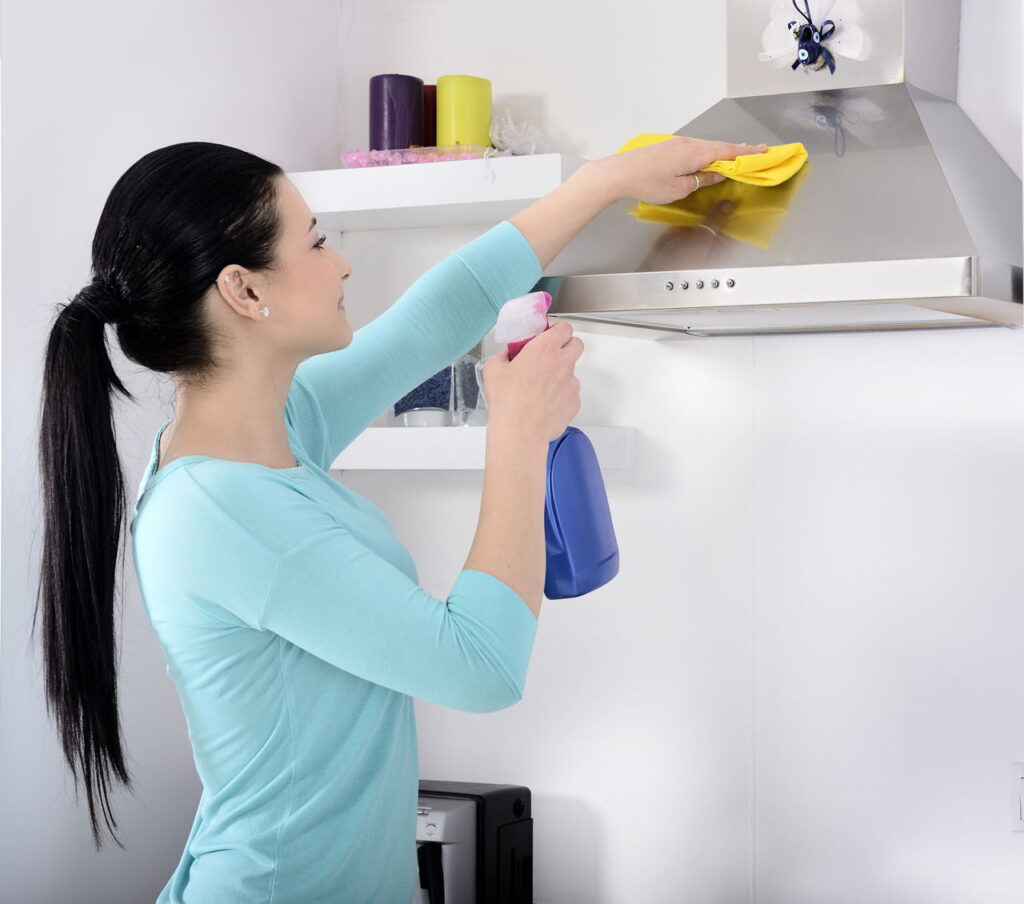
source: technosamrat.com
Caustic soda in other words you can say it is a crystalline form of sodium hydroxide, but it has some more miserable properties than just a basic soda. It does possess the same properties as baking soda; moreover it is used for industrial processes and is a best cleansing agent. It has a higher melting point than baking soda, it is highly soluble with water and alcohol than baking soda, and it adds a better softness to the water and removes the hardness of the water much better than baking soda, and thus one can say that caustic soda is a hybrid version of baking soda.
It is a good extractor of aluminum and bauxite type elements; also it can extract dirt containing sodium salts and chloride salts easily. It is alkaline in nature, thus cleaning a kitchen chimney using caustic soda is a best idea. Washing and cleaning with caustic soda is way different from other types of cleaning, we use to dip the filters for sometime in other solutions and then take it out and scrub it out, but while washing with caustic soda you have to follow some specified steps.
- Take a plate of size that it can hold on your kitchen filter properly.
- Sprinkle caustic soda on the filter.
- Add water slowly – slowly and brush out all parts of the filter thoroughly.
- Now add a large amount of hot water and pour up the plate in such a manner that the filter gets totally immersed in it.
- As caustic soda is acidic and alkaline in nature it will dissolve the dirt and will remove each and every impurity.
- Let it sit for at least 2 – 3 hours, the remaining grime can be detached by scrubbing it.
These are the different ways and solutions on which one can refer to achieve a clean kitchen chimney at The Architecture Designs.

